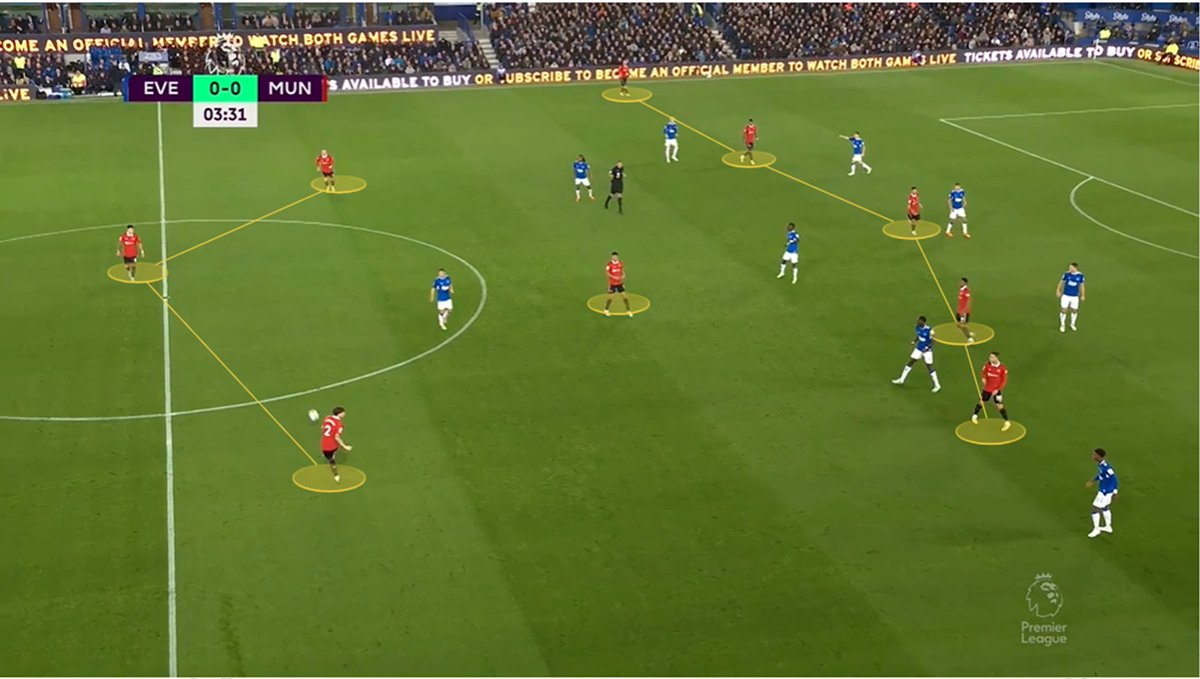
The recent Premier League showdown between Leicester City and Manchester United was nothing short of a tactical spectacle, offering fans and analysts alike a riveting glimpse into the strategic depths of both teams. Played at the King Power Stadium, this match was a testament to the footballing philosophies of both Brendan Rodgers and Erik ten Hag, each looking to outmaneuver the other in a battle of wits and skills (source).

High-Pressing Leicester: Disrupting the Rhythm
Leicester City came into the match with a clear game plan: disrupt Manchester United's build-up play from the back. Employing a high-pressing 4-2-3-1 formation, Leicester sought to capitalize on any defensive lapses by United. The Foxes' midfield was orchestrated by the ever-creative James Maddison, whose vision and passing accuracy were pivotal in maintaining pressure on United's defense. According to Opta statistics, Maddison completed 87% of his passes in the final third, a testament to his influence in the attacking buildup.
Rodgers' tactical acumen was evident as Leicester's pressing forced United into numerous turnovers, particularly in their defensive half. This strategy not only stifled United's attempts to build from the back but also allowed Leicester to maintain a territorial advantage for significant portions of the match.
United's Counter-Attacking Threat
On the other side, Manchester United, known for their explosive counter-attacks, utilized the pace and skill of Bruno Fernandes to exploit Leicester's high defensive line. Fernandes, who had a hand in crafting most of United's counter-attacking opportunities, was a constant threat with his vision and ability to release forwards quickly into space.
United opted for a more conservative 4-3-3 setup, allowing them to soak up pressure and strike on the break. This setup proved effective, with United's swift transitions resulting in several goal-scoring opportunities. A critical moment came in the 27th minute when Fernandes' through ball found its way to Marcus Rashford, whose pace was too much for Leicester's defense, though the chance was ultimately thwarted by an alert Kasper Schmeichel.
Key Battles and Tactical Adjustments
The midfield battle was intense, with Leicester's duo of Wilfred Ndidi and Youri Tielemans clashing against United's Fred and Scott McTominay. Ndidi, in particular, was instrumental in breaking up play and launching counter-attacks, completing three interceptions and maintaining a 75% tackle success rate.
As the match progressed, both managers made tactical adjustments. Rodgers introduced Patson Daka to add fresh legs and maintain the high press, while ten Hag brought on Anthony Martial, looking to inject more dynamism into United's attack. These changes, however, did not alter the deadlock, as both defenses held firm under mounting pressure.
Conclusion: A Tactical Stalemate
The match concluded in a 1-1 draw, a result that reflected the tactical chess match that unfolded. Leicester's ability to press effectively was matched by United's resilience and counter-attacking prowess. This Premier League classic was not only a testament to the tactical acumen of both managers but also a display of football played at its most strategic level (source).

As the Premier League season progresses, both teams will undoubtedly refine their strategies, learning from the challenges posed in this encounter. With fixtures against other top sides looming, Leicester and Manchester United will need to build on this performance, ensuring that their tactical approaches continue to evolve in this ever-competitive league.